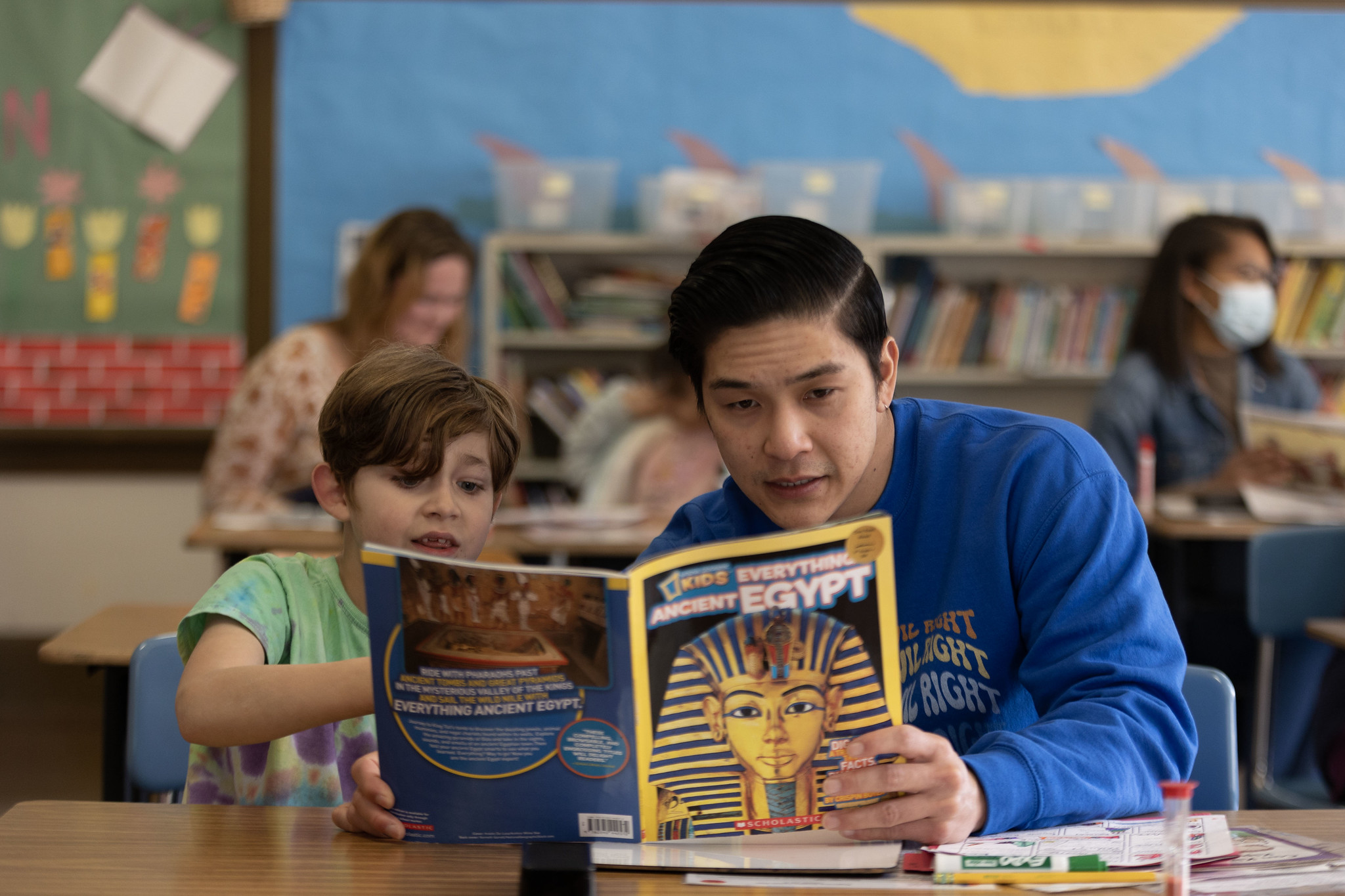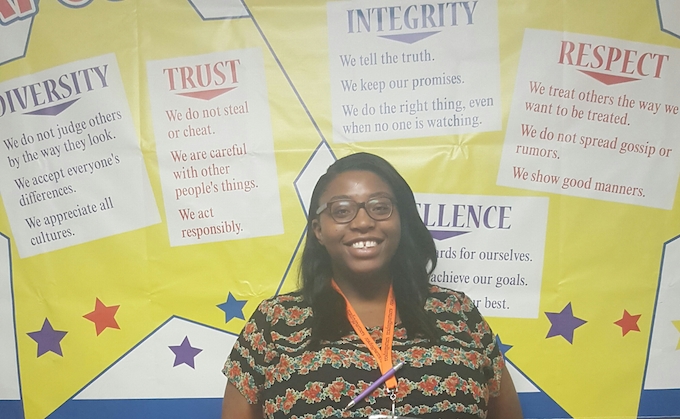January 19, 2024
Book bans: What you can do to combat attacks on education

From as early as 1637, book bans have been a part of American history. From Thomas Morton’s tell-all book New English Canaan to Ray Bradbury’s dystopian Fahrenheit 451, books of all genres have long had to endure attempts at censorship. In recent years, book banning has taken a spotlight in the American political landscape which has given the public a chance to learn more about the effects of censorship.
Reading Partners has long supported the idea that children should be able to read books with characters who look like them or who they aspire to be like. Unfortunately, many banned books are censored simply because the characters are deemed inappropriate for openly being members of the LGBTQIA+ community or a part of other historically marginalized groups. In fact, according to the American Library Association (ALA), the top 10 reasons books are banned are for claims of sexual content (92.5%), offensive language (61.5%), unsuited to age group (49%), religious viewpoint (26%), LGBTQIA+ content (23.5%), violence (19%), racism (16.5%), use of illegal substances (12.5%), “anti-family” content (7%), and political viewpoint (6.5%).
More specifically, of the ALA’s top 13 books that were banned in 2022, 100% of them were banned because of claimed sexually explicit content, and over 50% of them were also banned for containing LGBTQIA+ content. Additionally, almost all of the top 13 banned books contained a main or supporting character who is BIPOC.
The Cooperative Children’s Book Center at the University of Wisconsin-Madison conducts research to better understand the diversity in our current publishing industry and how it impacts children. Every year, the CCBC receives thousands of books published in the children’s and teen’s categories for that year from nearly every major US trade book publisher and from many small-to-mid-sized publishers.
In 2022, 40% of the books the CCBC received had at least one author, illustrator, or compiler who is a member of the BIPOC community. This is triple the percentage that the CCBC reported in 2015 which indicates a positive trend towards creating a more inclusive publishing industry.

Director of the CCBC, Tessa Michaelson Schmidt, noted that “For the librarians, teachers, parents, and other adults that care for children, [the percentage increase] means they can find outstanding books to recommend to young readers and listeners that reflect dimensions of their lives, and give a broader understanding of who we are as a nation.”
Additionally, it has been widely reported that children who grow up without seeing themselves represented in literature tend to have lower self-esteem, more negative impressions of the world around them, and tend to fall into negative stereotypes more than those who do see themselves represented.
So what can you do to take action?
First, I’d recommend joining the American Library Association’s Unite Against Book Bans initiative. By joining, you’ll have access to a surplus of resources to defend the right to freedom of speech and the press, as stated in the First Amendment. They have an amazing toolkit that provides information on grassroots organizing, how to get in contact with your local elected officials, social media tools, and more. This is a helpful starting point for anyone looking to take direct action in fighting against book bans in your area.
Once you access the ALA’s toolkit, do some research on your local school board to determine how to best get in contact with them. Sometimes attending an in-person meeting is best while other times, reaching out via email or a phone call will do the trick. Whatever route you take, it’s important to gather some talking points and resources to share with your school board and community. The National Coalition Against Censorship (NCAC) offers a great resource to share with elected officials; in their Considerations and Guidelines for School Officials document, they outline how to properly select, adopt, and evaluate materials that could be introduced to their schools. Following your exploration of the NCAC, integrating insights from the ALA’s talking points resource post will enhance your approach when engaging with local school officials.
If you’re not one for such direct action, you can also contribute to the cause of literacy for all by volunteering with Reading Partners. By reading to a student for as little as one hour a week, you’ll not only support a student’s literacy journey but will also empower students to navigate diverse perspectives and cultivate a passion for knowledge.
Your commitment to the fight against banned books can be a catalyst for change, breaking down barriers to information and fostering a generation of open-minded individuals. However you choose to get involved, your actions will contribute to a society where every student has the right to explore the richness of literature without limitations.














